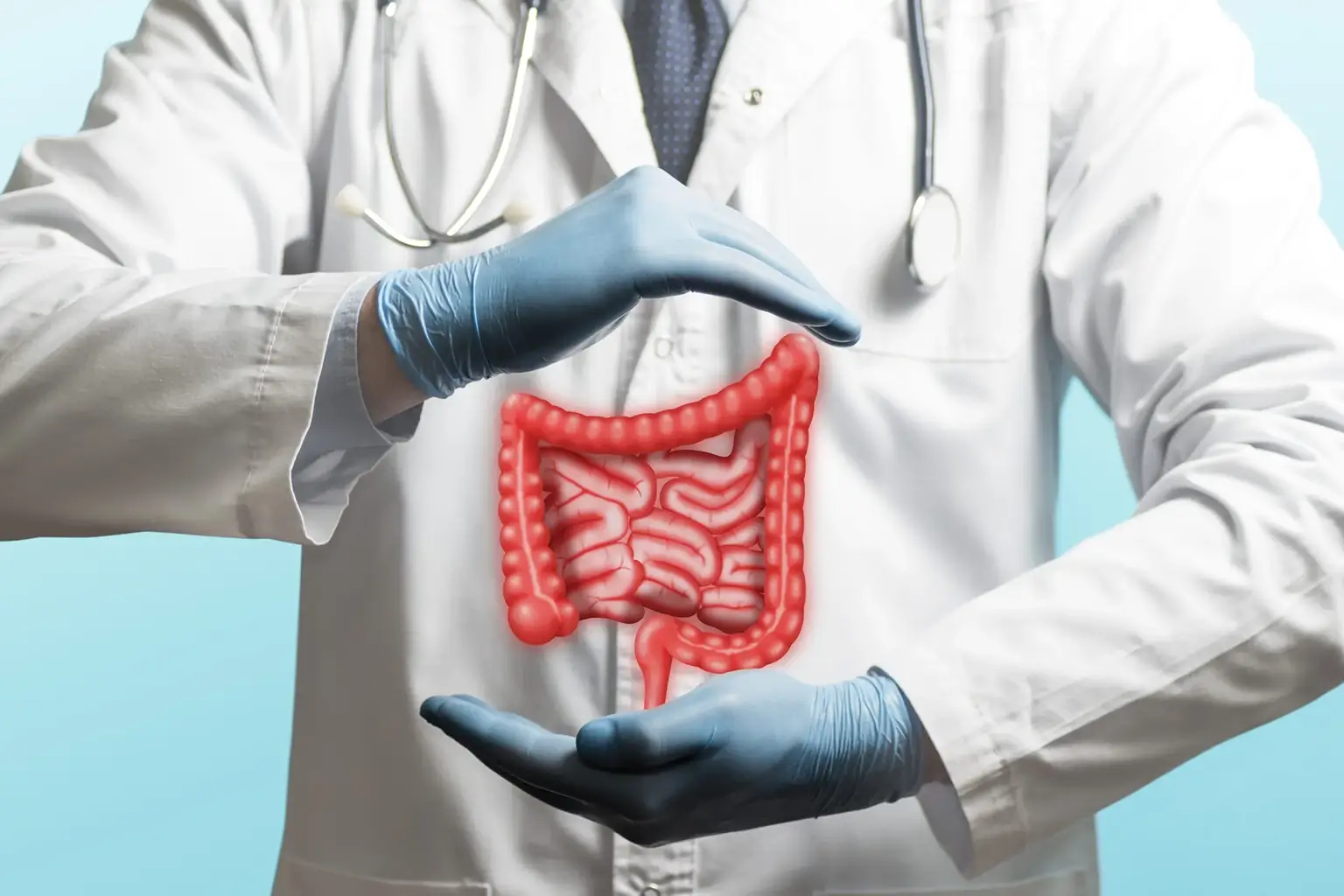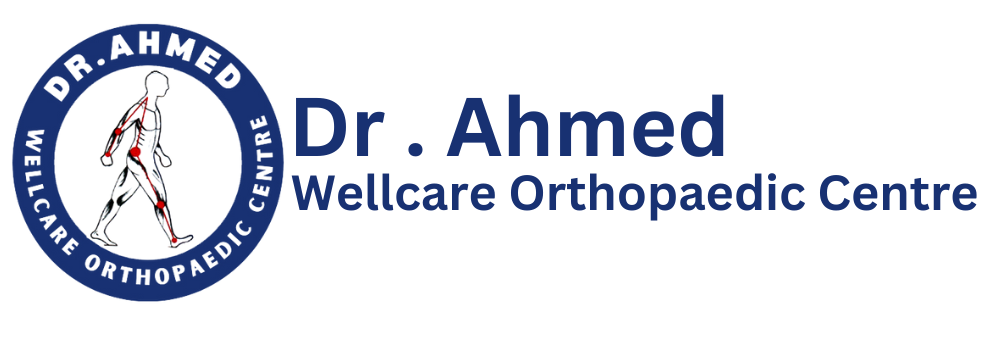Introduction to Colon Hydrotherapy
Colon hydrotherapy, often referred to as colon cleansing, is a therapeutic procedure that involves the gentle infusion of water into the colon through the rectum. This process is designed to eliminate waste, toxins, and accumulated debris from the large intestine, promoting overall gut health. Historically, the practice of cleansing the colon dates back to ancient civilizations, including the Egyptians and Greeks, who recognized the importance of digestive health. The modern incarnation of colon hydrotherapy has recently experienced a resurgence, especially within alternative medicine.
The fundamental principle of colon hydrotherapy relies on the use of warm, filtered water to cleanse the colon effectively. During the procedure, a trained therapist uses specialized equipment to introduce water into the colon, which subsequently helps to loosen and expel waste. The process may last anywhere from 30 to 60 minutes, and it typically aims to encourage the body’s inherent ability to detoxify itself. By facilitating the removal of impacted waste material, proponents believe that colon hydrotherapy can lead to various health benefits, including improved digestion and enhanced energy levels.
In recent years, there has been a growing interest in detoxification practices and gut health within wellness culture. As individuals become more aware of the connection between digestive health and overall well-being, colon hydrotherapy has emerged as a popular option to support these health goals. This contemporary movement emphasizes the significance of a clean colon, aligning with the belief that efficient digestion is integral to maintaining optimal health. Although scientific evidence supporting the efficacy of colon hydrotherapy is still limited, its revival reflects a broader trend toward holistic health practices in today’s society.
Uses of Colon Hydrotherapy
Colon hydrotherapy, often referred to as colonic irrigation, is a practice that involves the infusion of water into the rectum to cleanse the colon. This process is purported to offer a variety of benefits, primarily centered around detoxification and digestive health. One of the most common applications is for the relief of constipation. Practitioners often claim that by flushing the colon, individuals can promote regular bowel movements, thus alleviating discomfort associated with infrequent or difficult bowel movements.
Another significant use of colon hydrotherapy is to enhance digestive health. Advocates suggest that by removing built-up waste material, the body may process nutrients more efficiently, leading to improved digestion and decreased bloating. Some practitioners also assert that this therapy can help reduce symptoms of irritable bowel syndrome (IBS) and other digestive disorders, though robust scientific evidence to support these claims remains limited.
Moreover, colon hydrotherapy is often touted as a method of detoxification. Many believe that the procedure helps to eliminate toxins that accumulate in the body over time, potentially resulting in improved energy levels and general well-being.
Equipment and Procedure of Colon Hydrotherapy
Colon hydrotherapy, often referred to as colonic irrigation, involves the use of specialized equipment designed to safely cleanse the colon using warm, purified water. At the heart of this process is the colon hydrotherapy machine, which typically consists of a control panel, water supply system, and a rectal tube. These machines are designed to facilitate a steady flow of water into the colon, allowing for effective flushing of waste materials. The strength of the water pressure and the temperature can be adjusted for comfort and efficiency, with many machines providing options for both low and high pressure.
Prior to the procedure, patients are usually required to undergo certain preparations, which may include dietary adjustments or laxatives as directed by a professional. When the appointment begins, the individual is typically placed in a private and comfortable environment to maintain relaxation. The colon hydrotherapist will then insert a lubricated rectal tube, which is connected to the hydrotherapy machine. Once in place, the therapist activates the equipment, allowing purified water to flow gently into the colon. During this stage, there is a focus on monitoring the patient’s comfort and response to the treatment.
As the session progresses, the water is intermittently introduced and expelled, promoting the removal of impacted waste. This process may take anywhere from 30 to 60 minutes, during which the practitioner may massage the abdominal area to assist in the detoxification process. After the treatment, post-care instructions are crucial for maximizing the benefits of colon hydrotherapy. This can include recommendations for hydration and dietary considerations. It is vital that these procedures are conducted under the supervision of qualified professionals to ensure safety and effectiveness, particularly for individuals with specific health conditions or contraindications.
Risks and Considerations of Colon Hydrotherapy
Colon hydrotherapy, often recognized for its potential benefits in detoxification and digestive health, does come with several risks and considerations that individuals should be aware of before undergoing the procedure. While colon hydrotherapy is generally regarded as safe when performed by a trained professional, there are some possible complications that warrant attention. One significant risk is dehydration, which can occur if the procedure is not properly managed. The process of flushing fluids through the colon may lead to excessive fluid loss, particularly if the person has not adequately hydrated prior to the session.
Certain individuals should avoid colon hydrotherapy altogether. Those with specific health issues such as inflammatory bowel disease, severe hemorrhoids, kidney disease, or recent colon surgery should certainly refrain from this treatment. Consulting with a healthcare professional prior to any colon hydrotherapy session is highly advisable. They can provide tailored guidance based on individual health conditions, ensuring that any decision made regarding colon hydrotherapy aligns with one’s overall health strategy.
Frequently Asked Questions?
Q. What is colon hydrotherapy?
Ans. Colon hydrotherapy, also known as colon cleansing or colonic irrigation, is a procedure that involves flushing the colon with water to remove waste and toxins.
Q. What are the potential benefits of colon hydrotherapy?
Ans. Advocates claim it can improve digestion, boost energy levels, relieve bloating, and promote detoxification. However, medical evidence supporting these benefits is limited.
Q. How does colon hydrotherapy work?
Ans. During the procedure, warm, filtered water is introduced into the colon through a tube inserted into the rectum. This water helps loosen and eliminate accumulated waste and gas.
Q. What equipment is used for colon hydrotherapy?
Ans. Colon hydrotherapy equipment typically includes a speculum (tube) inserted into the rectum, water filtration units, and a closed system that safely disposes of waste material.
Q. Who should avoid colon hydrotherapy?
Ans. People with certain health conditions, such as inflammatory bowel disease (IBD), heart disease, kidney disease, or recent colon surgery, should avoid colon hydrotherapy. Pregnant women should also refrain from the procedure.
Q. How should I prepare for a colon hydrotherapy session?
Ans. Preparation may include fasting or consuming a light meal a few hours before the procedure. It’s also recommended to stay hydrated and avoid foods that cause bloating.
Q. How often can I undergo colon hydrotherapy?
Ans. The frequency of sessions varies based on individual preferences and needs.
Q. Is colon hydrotherapy a medically necessary procedure?
Ans. Colon hydrotherapy is generally not considered a medically necessary procedure. It’s often classified as an alternative or complementary therapy.









